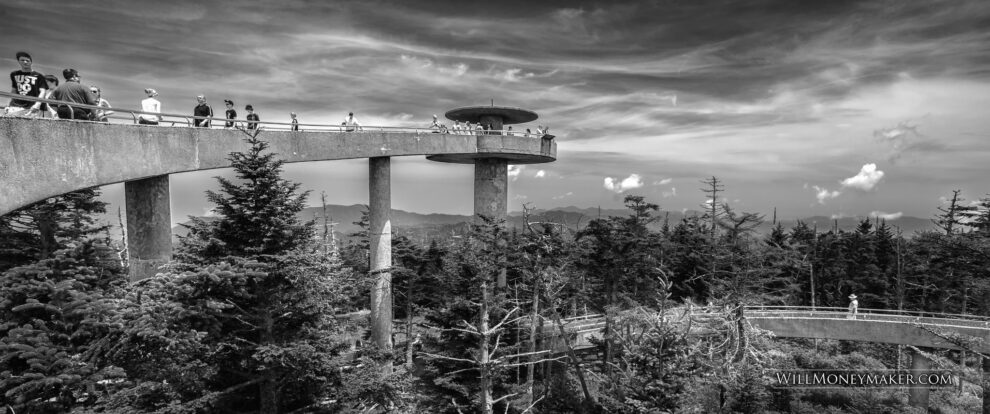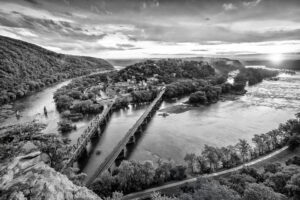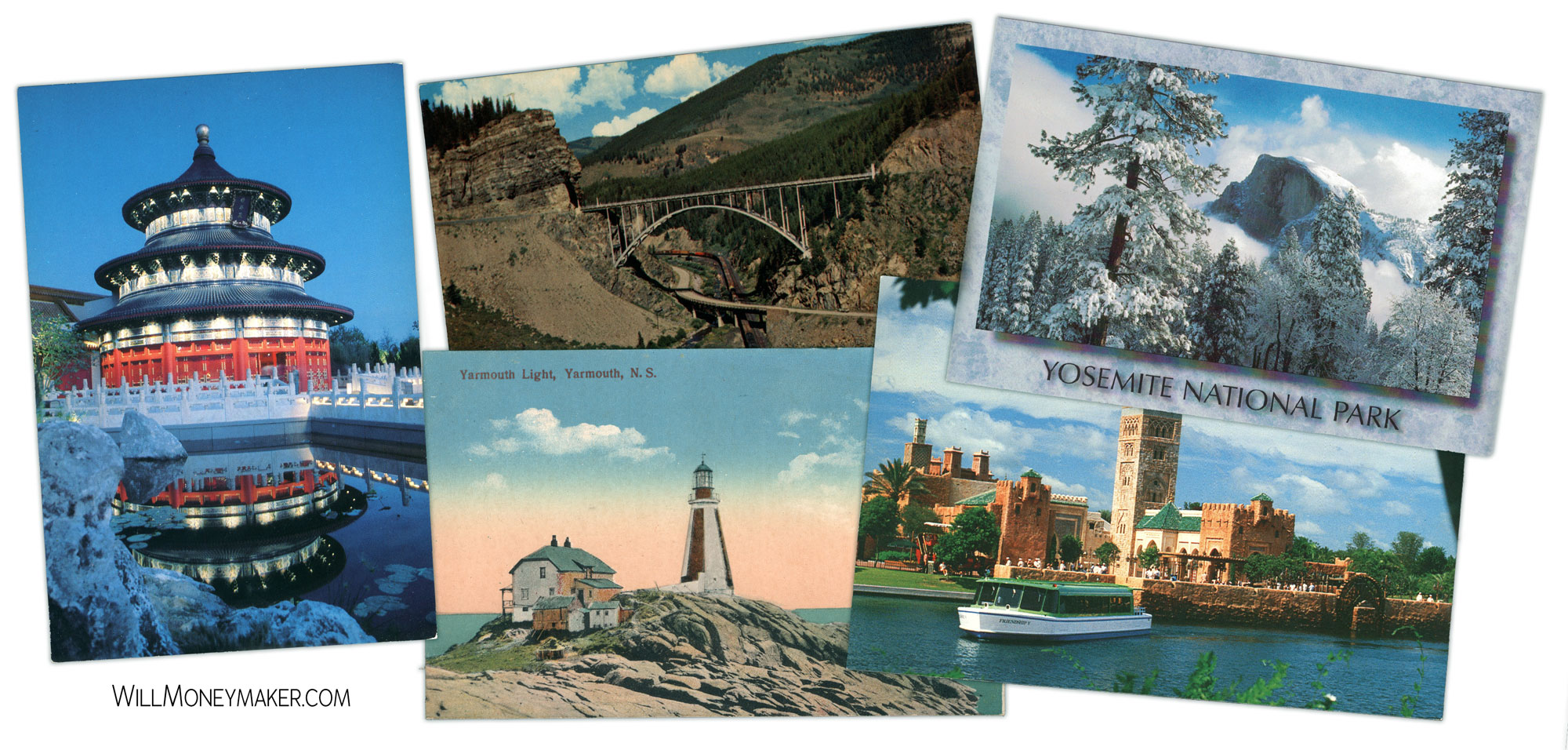Today, let’s talk about travel—and more specifically, what to bring when you’re heading out on a photography trip. Whether it’s a weekend getaway or a big vacation, a little preparation goes a long way when it comes to making the most of your time with a camera.
Let’s start with memory cards. Most of us carry cards with plenty of space for casual shooting, but if you’re planning to take a lot of photos—especially RAW files—it’s smart to bring at least one spare. Even better, have a backup plan in place. I like to offload my images regularly to a portable hard drive or upload them to cloud storage like Dropbox when I can. That way, if something happens to the card—or worse, the camera—I’m not losing everything. This becomes even more important if you’re planning to use the images for a project or for commercial use. Backups aren’t optional—they’re insurance.
Now, something a lot of folks bring but end up not using is the tripod. And I get it. They can be bulky, inconvenient, and annoying to carry. But if you’re serious about landscapes, low-light scenes, or technical shots at sunrise or sunset, it can make a big difference. The trick is to choose a tripod you’ll actually carry. I’ve found that smaller, travel-friendly models like the flexible GorillaPod are great for these kinds of trips. They fit right into your camera bag and don’t weigh you down. Whatever model you use, test it ahead of time to make sure it extends to the right height and supports your camera properly. A tripod left in the hotel room doesn’t do you much good.
Batteries are next. Always pack more than you think you’ll need. That’s a lesson I learned the hard way. If you’re shooting a lot, using autofocus constantly, reviewing images on the LCD, or working in colder weather, your batteries will drain faster than usual. And depending on where you’re traveling, you may not be able to buy replacements easily. A portable power pack is also worth bringing—it’s useful not just for your phone but for charging cameras that support USB-C or other portable charging methods. And with some airlines requiring electronics to be powered on during security checks, it’s one of those items that solves more problems than you’d think.
Filters are another great addition to your kit—especially if you’ll be doing any landscape photography. A good polarizing filter can cut down on glare, deepen the blue in skies, and help your images pop without having to rely on editing later. A skylight or UV filter can help reduce haze and protect your lens at the same time. Just make sure you bring a filter pouch or a clean, safe way to store them so you’re not pulling out dusty or scratched glass when the moment comes.
If your trip involves any underwater adventures—like snorkeling or diving—then camera housing is essential. But be careful. Not all waterproof cases are created equal, and it’s important to use one specifically made for your model of camera. It needs to be able to handle the pressure at the depths you’ll be reaching. And if you’re still new to snorkeling or diving, it’s honestly better to focus on the experience first and bring the camera along only when you’re comfortable in the water. Trying to learn photography and dive technique at the same time can get overwhelming—and sometimes dangerous.
Now, let’s talk about a few of the less obvious things that come in handy. I always carry a notebook or at least use my phone’s notes app to jot down the location, time, or setup details for specific shots. This is especially useful when you’re visiting multiple spots and need to remember what you did where. A headlamp or a small LED light can also save the day, especially if you’re prepping your gear in the early morning or after dark. And don’t underestimate a roll of gaffer’s tape. It’s been my go-to fix for all kinds of problems in the field—securing gear, repairing a bag strap, even propping up a tripod leg in a pinch. It doesn’t leave residue and it works on almost anything.
Above all else, remember that the whole point of this is to enjoy the trip. Take lots of photos, yes—but take moments to pause, too. Put the camera down every once in a while and look around with your own eyes. Those little breaks to soak in where you are—they’re often where the inspiration returns.
Thanks for joining me today. I’ll be back next time with more from Photography Clips—short thoughts, useful tips, and a little inspiration for your journey with the camera. Until then, pack smart, shoot freely, and enjoy the beauty of God’s creation through your lens.






